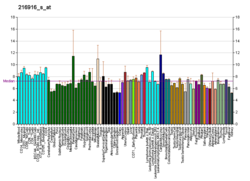| DLGAP2 | |||||||||||||||||||||||||||||||||||||||||||||||||||
|---|---|---|---|---|---|---|---|---|---|---|---|---|---|---|---|---|---|---|---|---|---|---|---|---|---|---|---|---|---|---|---|---|---|---|---|---|---|---|---|---|---|---|---|---|---|---|---|---|---|---|---|
| Identifiers | |||||||||||||||||||||||||||||||||||||||||||||||||||
| Aliases | DLGAP2 , DAP2, SAPAP2, discs large homolog associated protein 2, DLG associated protein 2, C8orf68, ERICH1-AS1 | ||||||||||||||||||||||||||||||||||||||||||||||||||
| External IDs | OMIM: 605438; MGI: 2443181; HomoloGene: 3484; GeneCards: DLGAP2; OMA:DLGAP2 - orthologs | ||||||||||||||||||||||||||||||||||||||||||||||||||
| |||||||||||||||||||||||||||||||||||||||||||||||||||
| |||||||||||||||||||||||||||||||||||||||||||||||||||
| |||||||||||||||||||||||||||||||||||||||||||||||||||
| |||||||||||||||||||||||||||||||||||||||||||||||||||
| |||||||||||||||||||||||||||||||||||||||||||||||||||
| Wikidata | |||||||||||||||||||||||||||||||||||||||||||||||||||
| |||||||||||||||||||||||||||||||||||||||||||||||||||
Disks large-associated protein 2 is a protein that in humans is encoded by the DLGAP2 gene. [5] [6] [7]




